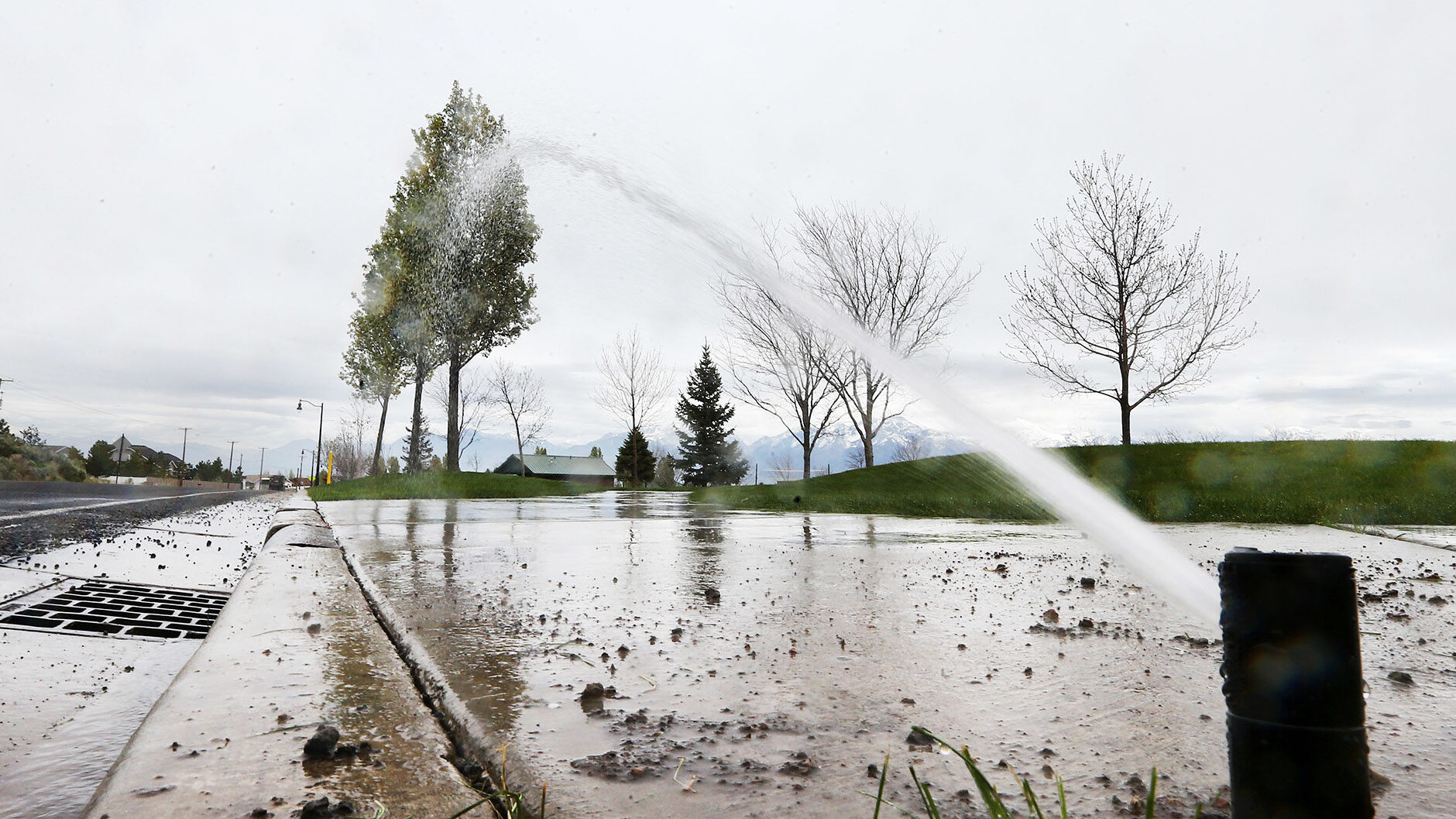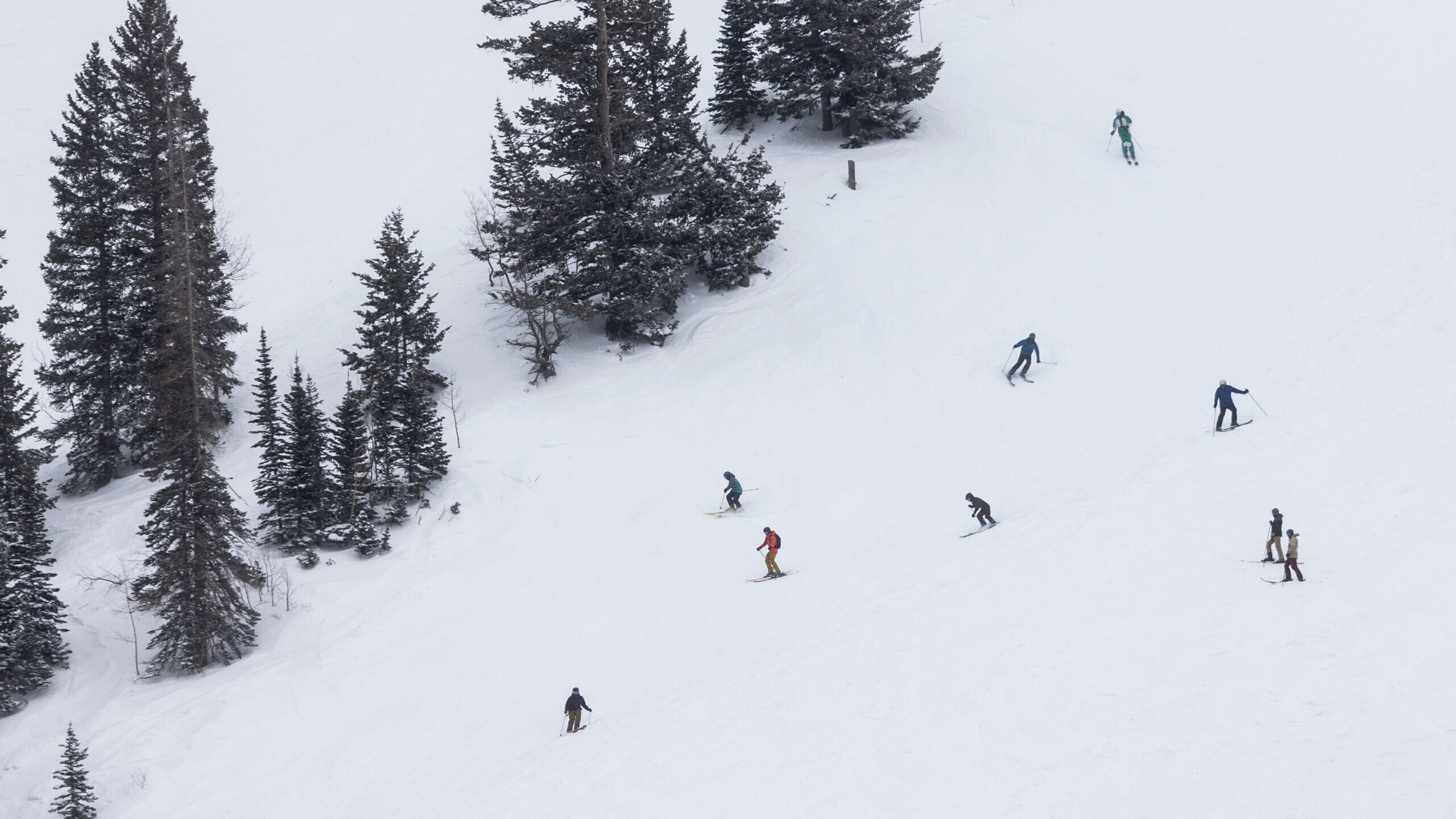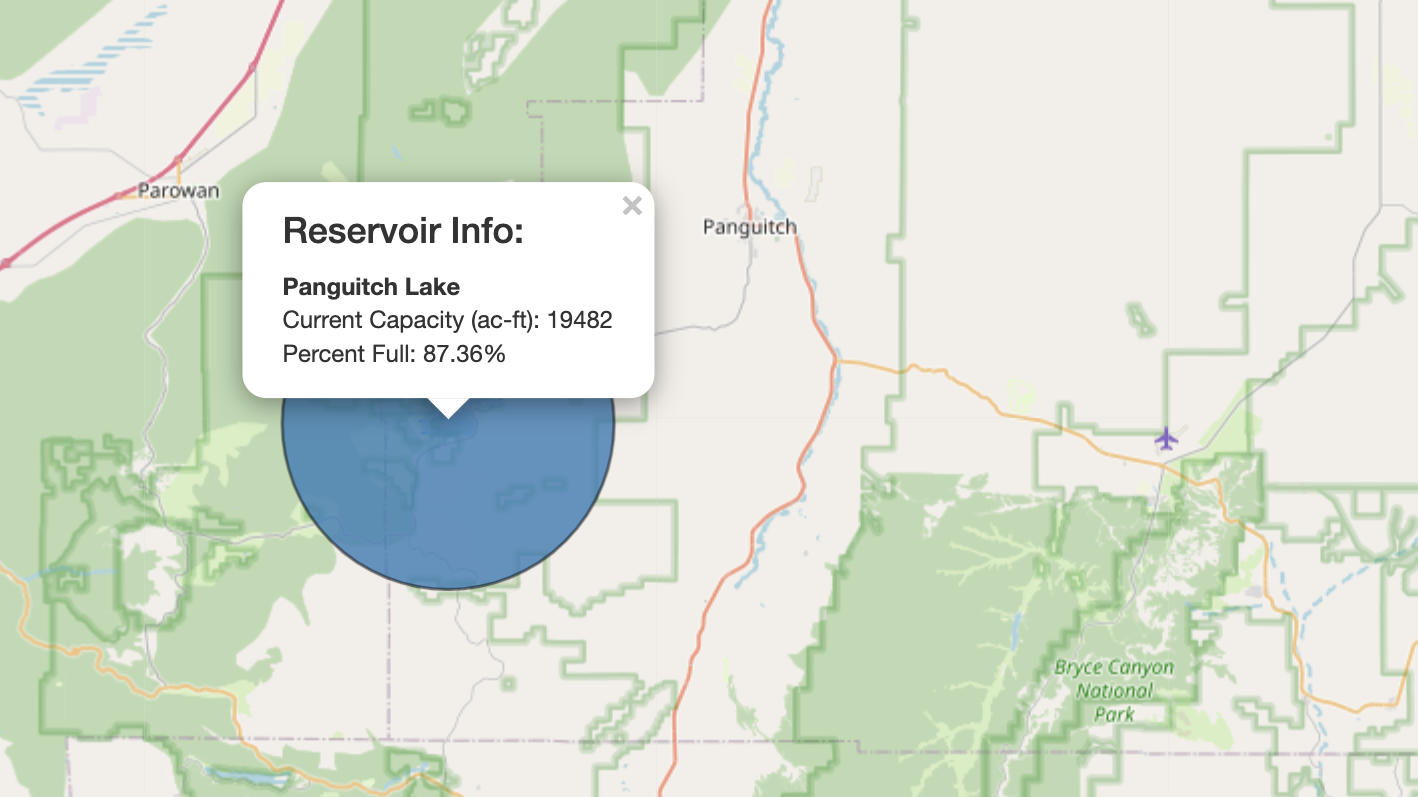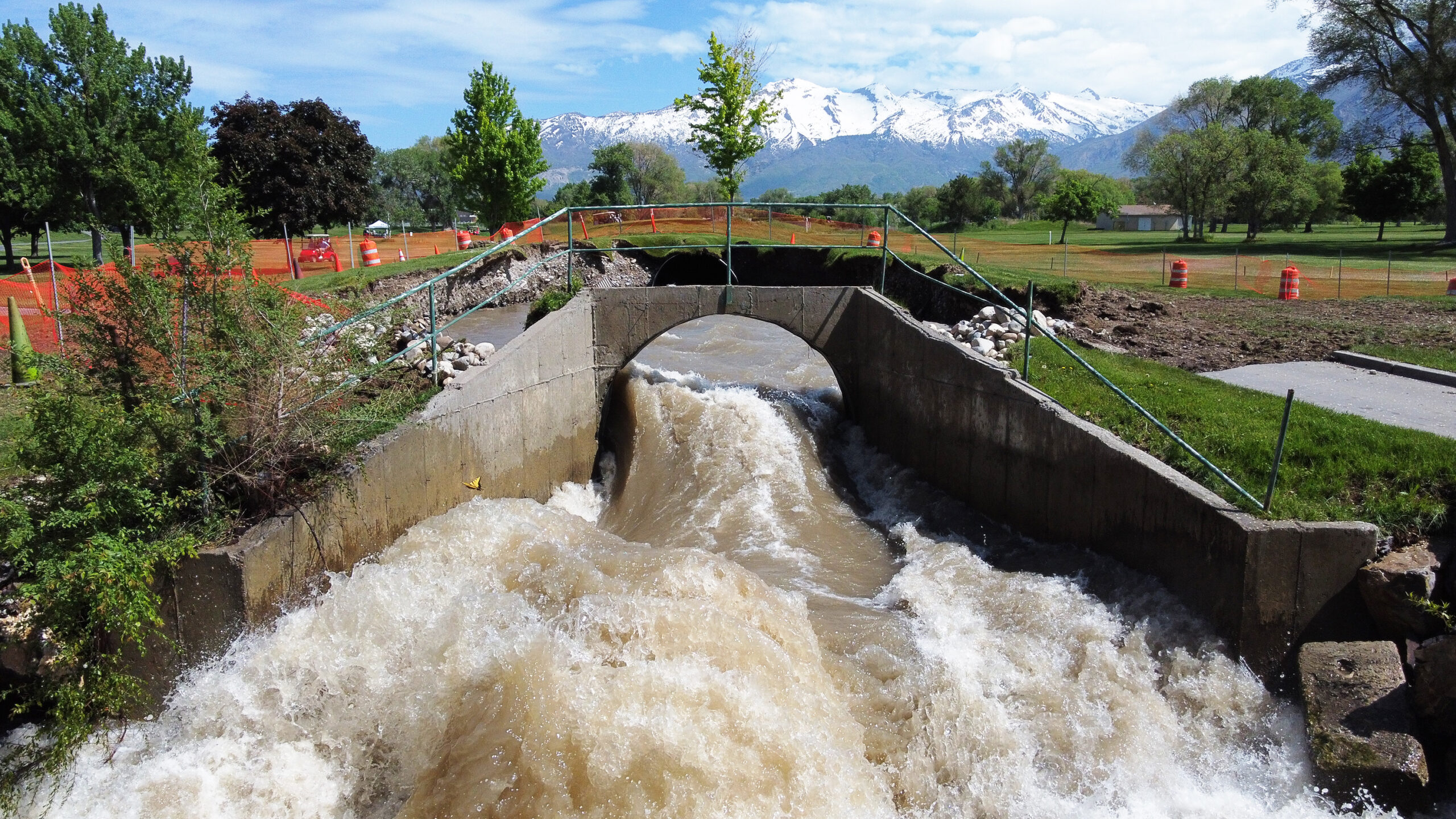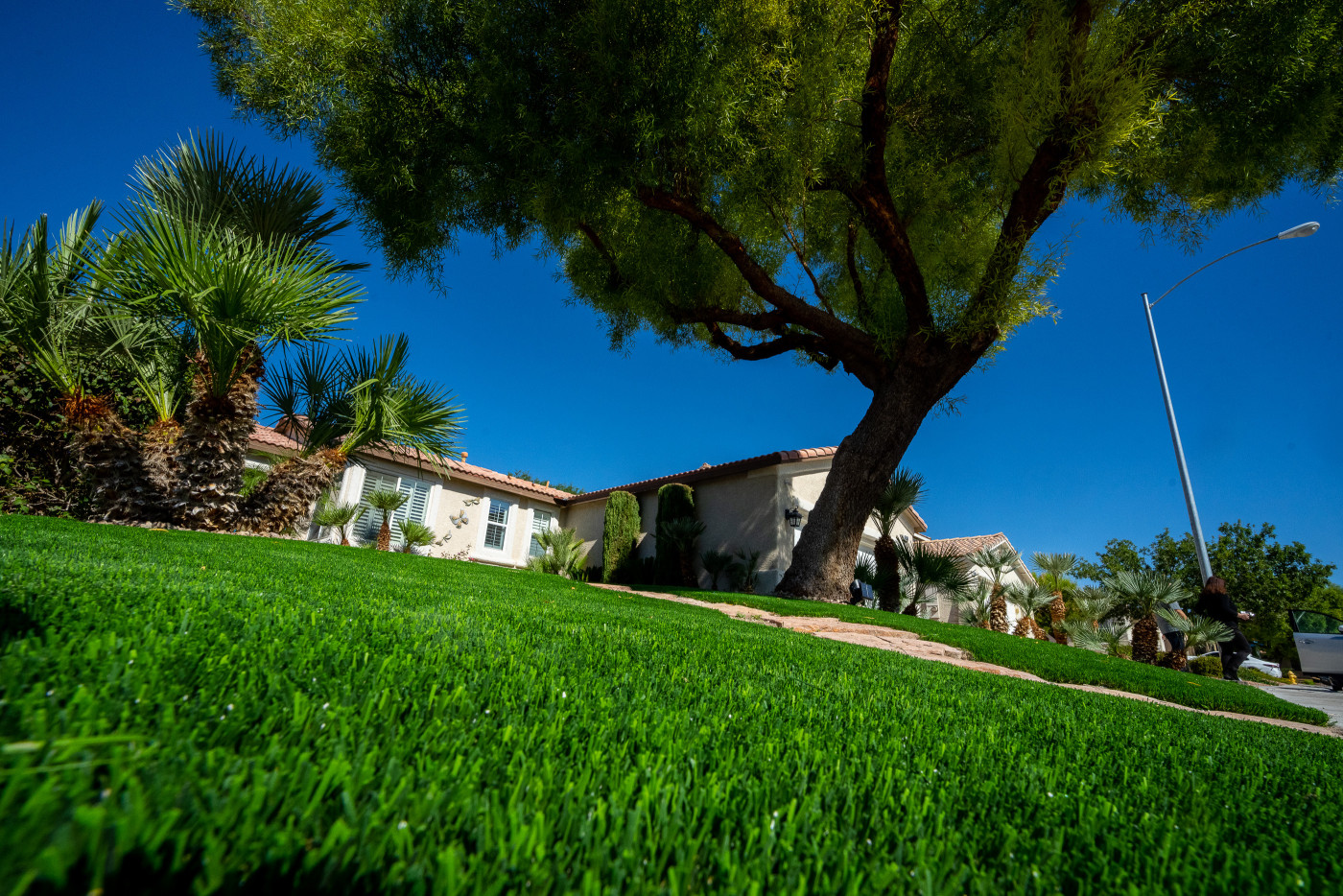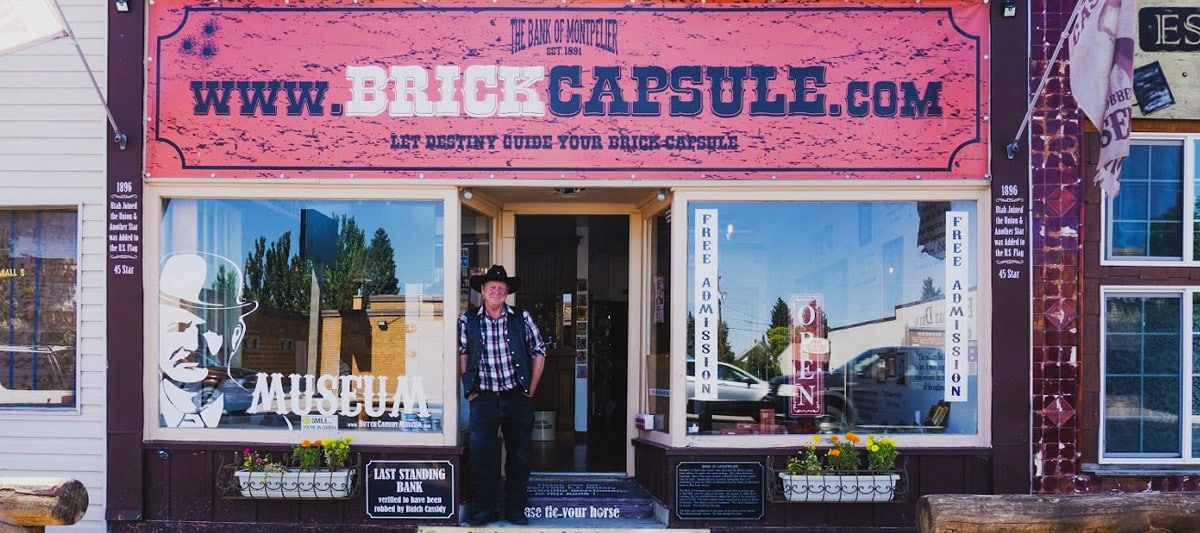Bill aimed to ‘save’ Great Salt Lake to be introduced this legislative session
Jan 25, 2022, 7:53 PM
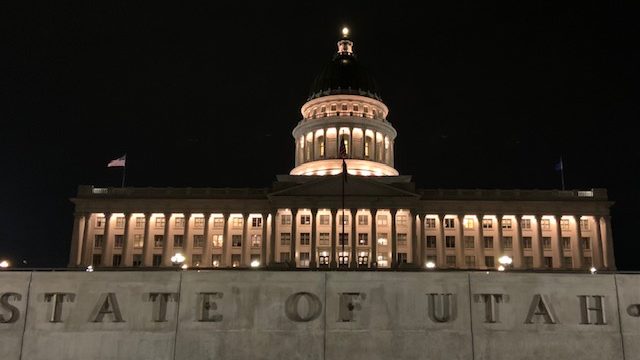
(Utah State Capitol. Photo: Paul Nelson)
(Utah State Capitol. Photo: Paul Nelson)
SALT LAKE CITY — Lawmakers and water watchers say the Great Salt Lake needs a lot of help to stay at healthy levels. They’re drafting a bill that would put more water in the lake, if needed, but it could impact water bills in some areas.
Just last summer, levels at the Great Salt Lake reached historic lows. The U.S. Geological Survey marked the water reached 4,191 feet above sea level, beating the record that was set in 1963. Utah Rivers Council Executive Director Zachary Frankel says the lake is considered at a “healthy” level when it’s between 4,198 and 4,203 feet above sea level.
Saving the Great Salt Lake
“The Great Salt Lake needs some leaps to be saved. It’s not going to do it with baby steps,” Frankel said.
Officials say an acre-foot of water might not seem like much, to many people. However, imagine a tub the size of a football field that is only one foot deep. That would hold over 325,000 gallons of water, which Frankel says is enough to cover the needs of a family of five during an average year. If the lake were to dry up, Frankel says it would destroy a $1.3 billion industry. And cause extreme environmental problems.
“If the Great Salt Lake is not protected, then the Great Salt Lake is an air quality disaster for the Wasatch Front residents,” Frankel said.
Contingency plan
The bill, which hasn’t received a number, yet would create a system similar to the drought contingency plan on the Colorado River. It would allow the Division of Forestry, Fire and State Lands to impose fees to buy or lease water to bring it into the Great Salt Lake. And those fees would change based on how low the levels get.
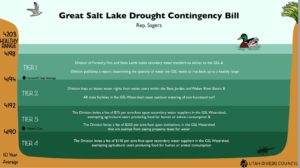
(Graphic made by the Utah Rivers Council, describing the actions that would be taken to bring more water to the Great Salt Lake when levels get too low. Their decisions would be based on how high the water levels are compared to sea level.)
Frankel says they would use the current 10-year average at the lake to determine what they should do. If the water is slightly below healthy levels, the division would ask water districts to voluntary send water to the lake. If it goes down another tier, the division would buy water rights from smaller districts. In the third tier, they would impose a $75 fee on every acre-foot of secondary water. And they would charge $250 dollars per acre-foot on churches and universities that are exempt from property taxes, which cover water fees.
He said, “For example, the University of Utah uses 10 to 15 percent of all the water in Salt Lake City on an annual basis. But because they’re exempt, they don’t pay any property taxes, whatsoever.”
Water bill impact
Would this impact the average water bill? Frankel says families that use only culinary water shouldn’t feel any negative impact, at all. However, secondary water providers may be hit with fees if the lake drops to a low level. It could affect people who use secondary water to irrigate their lawns. Frankel says, currently, providers don’t meter how much secondary water is used.
“We really want to see Utahns pay the full cost of their water supply. And no one get a free ride to waste water,” he said.
Under this bill, farmers would be exempt from paying additional fees for the secondary water they use to irrigate their crops.
Read more:



